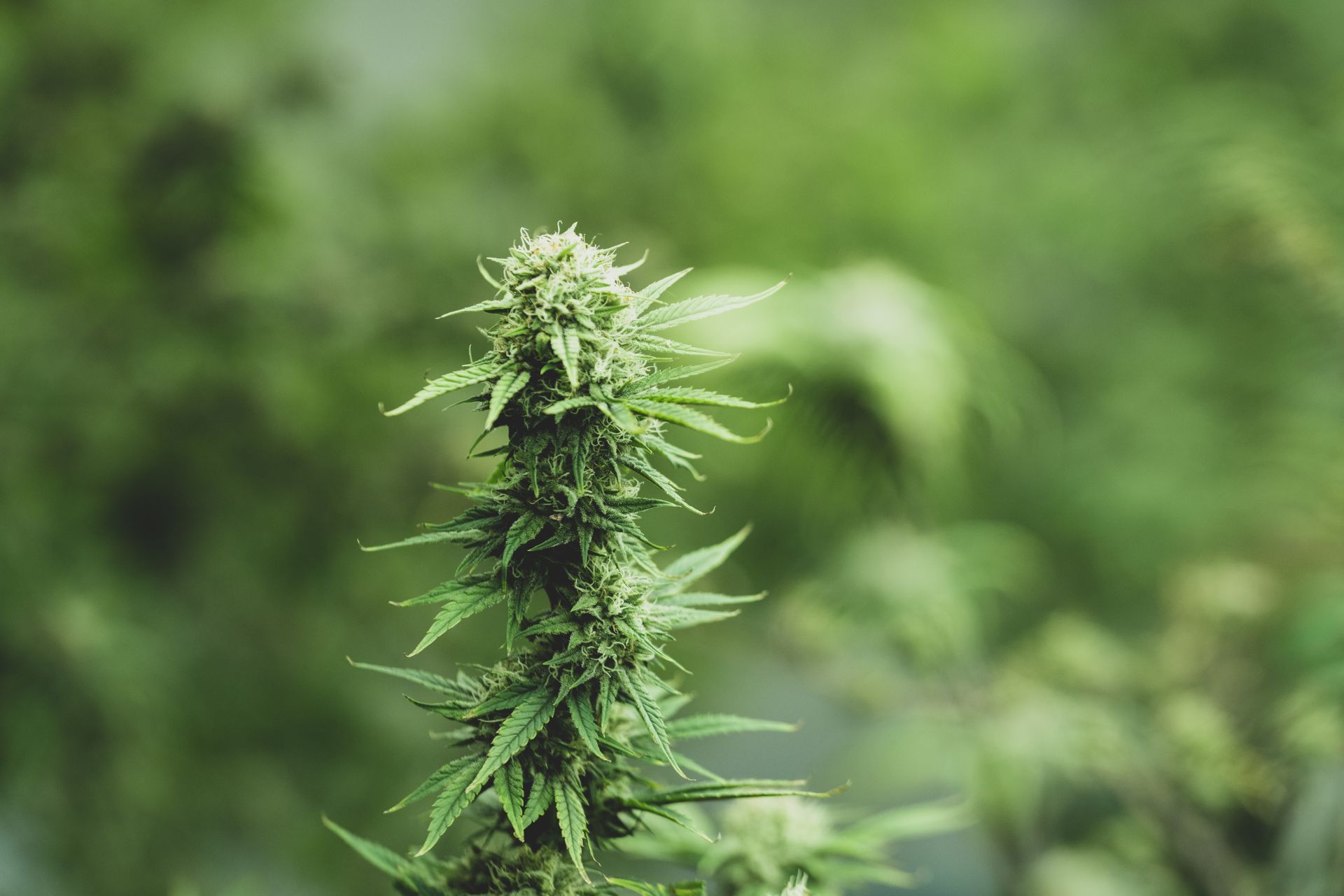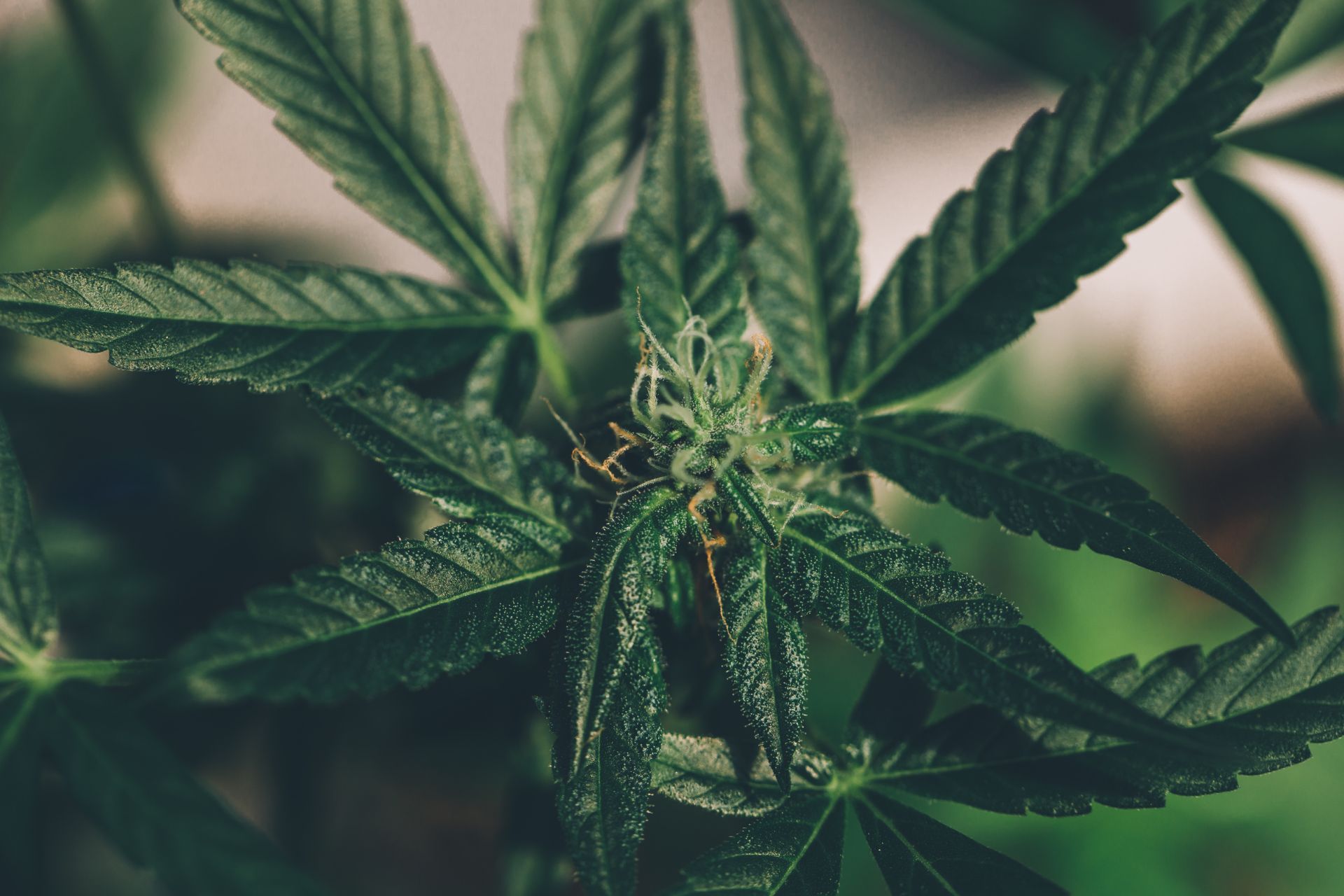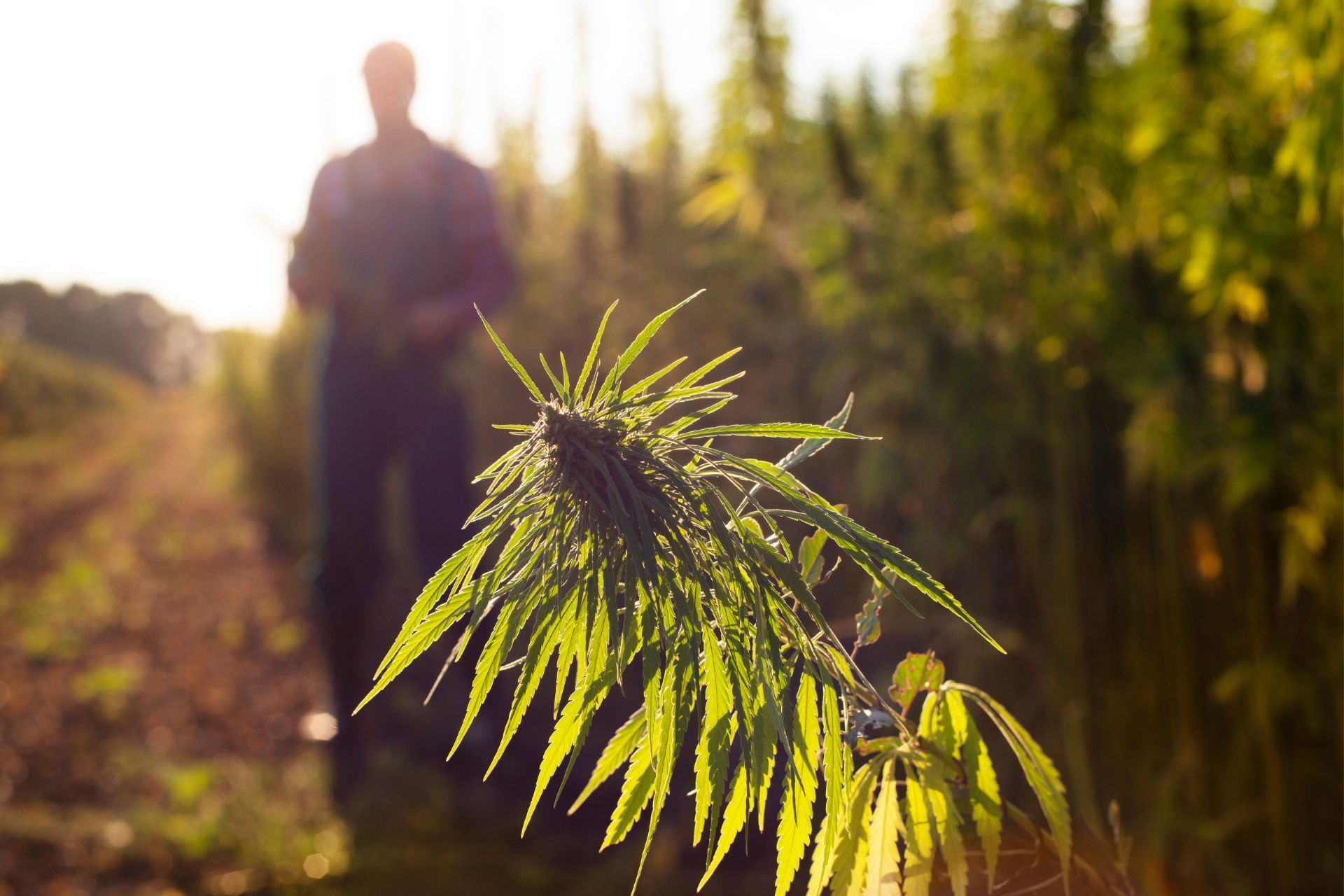Cost-Saving Risk Management Tactics That Improve Cannabis Insurance Quotes
See How We're Different
or call us: (215) 653-8411
Insurance costs for cannabis businesses have become a pressing challenge. Many operators face a tough choice: pay soaring premiums or risk operating without adequate coverage. About 75% of cannabis companies report insufficient insurance protection, often because affordable options are scarce or nonexistent according to industry data. Understanding how to manage risks effectively can unlock better insurance terms and help control expenses.
Why Cannabis Insurance Costs Are Rising
Several factors contribute to the rising insurance premiums in the cannabis sector. A key driver is the increased frequency of property claims related to fire and theft. The 2025 State of the Insurance Market report highlights a 12% rise in property claims for cannabis facilities, prompting insurers to adjust rates upward in property and casualty lines according to Risk Strategies.
Another significant pressure point is commercial auto insurance, especially for product transportation. Premiums have tripled in 2025, making it harder for cannabis companies to secure coverage at reasonable rates as reported by Marijuana Business Magazine. These hikes reflect the complex risks associated with transporting cannabis products, including regulatory scrutiny and theft.
Finally, cultivation practices heavily influence insurance costs. Insurers assess how growers manage their environments, including pest control and security measures. Poor practices can lead to higher premiums, while well-managed operations may qualify for discounts according to Gavel Mint analysis.
Implementing Layered Risk Management Strategies
Chris Sullivan, a commercial practice leader at Powers Insurance and Risk Management, advises cannabis businesses to adopt a layered approach to risk. This means identifying exposures clearly, understanding where traditional insurance coverage ends, and considering self-insurance for critical gaps. This strategy can reduce reliance on costly insurance policies while maintaining protection where it counts most according to Sullivan.
Security Systems and Employee Training
One of the most effective ways to lower insurance costs is by reducing the likelihood of claims. Frontier Risk Cannabis Insurance emphasizes that robust security systems, comprehensive employee training, and strict safety protocols can lead to premium discounts. Insurers reward businesses that take proactive steps to minimize risks according to Frontier Risk.
Protecting Crops with Insurance and Smart Practices
Weather-related crop losses remain a significant threat. The American Farm Bureau Federation reported that weather caused nearly $22 billion in crop losses in 2022, underscoring the importance of crop insurance for cannabis cultivators according to Frontier Risk.
Leveraging Technology to Streamline Risk and Insurance Processes
Emerging technologies offer promising solutions to reduce insurance costs and improve trust between cannabis businesses and insurers. A recent study on blockchain-enabled parametric insurance proposes a privacy-preserving framework that automates underwriting and claims using zero-knowledge proofs. This approach could lower operational costs and speed up claims processing according to the study.
Understanding Insurance Premium Factors for Cannabis Businesses
Insurers evaluate multiple factors when setting cannabis insurance premiums. Cultivation methods, security measures, location, and claims history all play roles. Gavel Mint points out that growers who implement rigorous pest control and maintain secure facilities often receive better quotes according to their analysis. Additionally, the choice of cultivation method—whether indoor, outdoor, or greenhouse—can significantly influence premiums. Indoor operations, while often more costly to set up, may offer lower insurance rates due to controlled environments that mitigate risks associated with pests and weather.
Comparing Coverage Options
| Coverage Type | What It Covers | Typical Cost Factors | Cost-Saving Tips |
|---|---|---|---|
| General Liability | Third-party bodily injury, property damage | Claims history, location, security measures | Improve security, train employees |
| Property Insurance | Fire, theft, vandalism, equipment | Facility condition, fire prevention, claims | Install alarms, maintain fire safety |
| Crop Insurance | Weather-related crop loss | Climate risk, cultivation practices | Optimize growing conditions, document practices |
| Commercial Auto | Vehicle accidents, product transport | Driver records, vehicle maintenance, route risk meworks | Train drivers, maintain vehicles, secure transport |
Practical Steps to Lower Cannabis Insurance Premiums
- Enhance Security: Use video surveillance, controlled access, and alarm systems to deter theft and vandalism.
- Train Employees: Regular safety and compliance training reduces accidents and regulatory issues.
- Maintain Facilities: Keep buildings and equipment in good repair to prevent claims related to property damage.
- Document Cultivation Practices: Detailed records of pest control, irrigation, and environmental controls demonstrate professionalism.
- Review Coverage Annually: Adjust policies to reflect current risks and avoid paying for unnecessary coverage.
- Consider Self-Insurance: For manageable risks, setting aside reserves can reduce premium dependency.
Before You Go: Key Takeaways for Cannabis Insurance
Insurance premiums for cannabis companies are rising, driven by increased claims and complex risks. However, businesses that invest in layered risk management, security, and operational best practices can improve their insurance quotes significantly.
Frequently Asked Questions
Q: Why are cannabis insurance premiums so high?
A: Rising claims related to fire, theft, and transportation risks, combined with regulatory complexities, have pushed premiums higher according to industry reports.
Q: How can security systems reduce my insurance costs?
A: Security measures like cameras and alarms lower the chance of theft and damage, which insurers reward with premium discounts as noted by Frontier Risk.
Q: Is crop insurance necessary for cannabis growers?
A: Yes. Weather-related losses can be devastating, and crop insurance helps protect against unpredictable events according to recent data.
Q: What role does employee training play in risk management?
Q: Can self-insurance help reduce premiums?
A: For certain manageable risks, setting aside funds to cover minor losses can reduce reliance on costly insurance policies as recommended by risk experts.
Q: How do cultivation practices affect insurance rates?
A: Insurers assess how growers manage pests, environment, and security. Strong practices lead to lower premiums
according to industry analysis.

Article By: Deb Sculli
Cannabis Insurance Specialist




